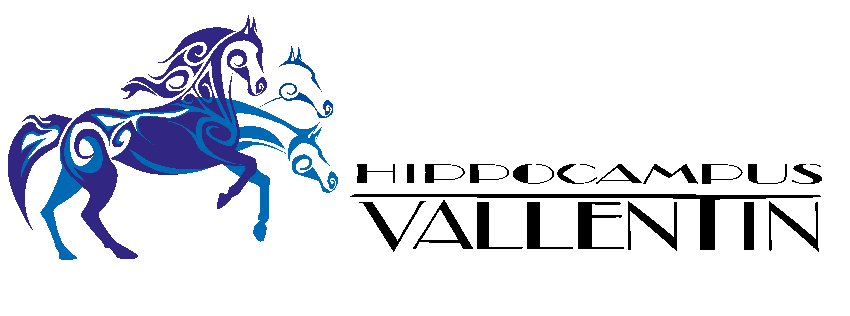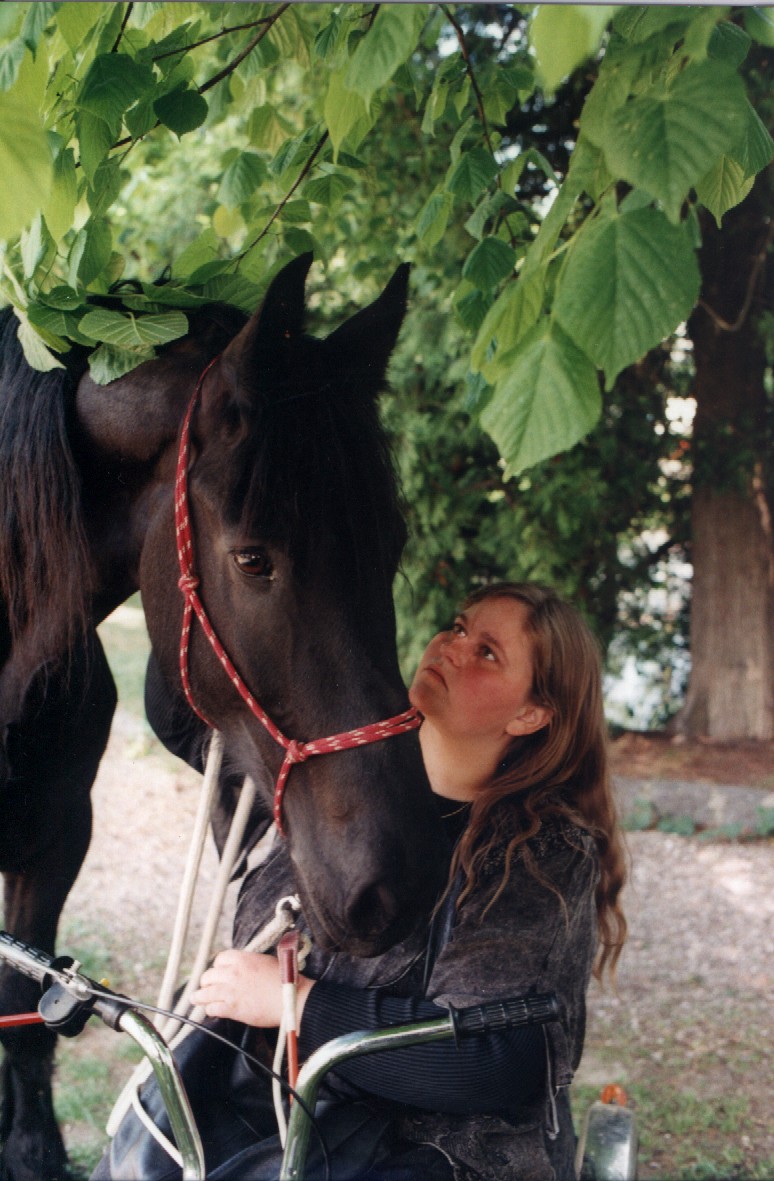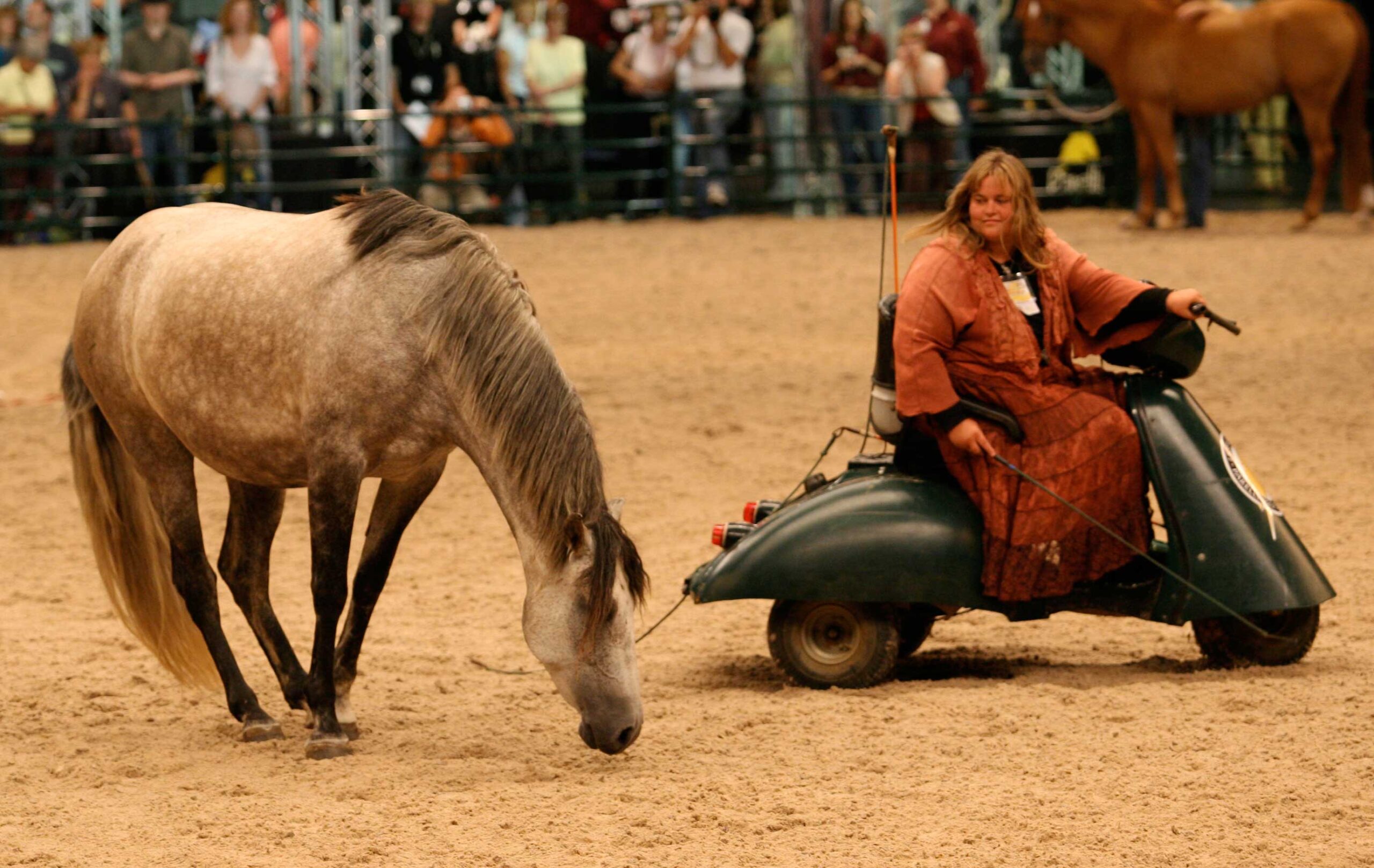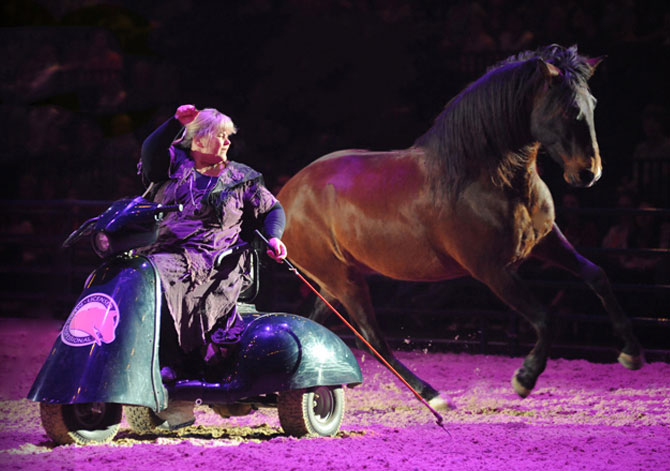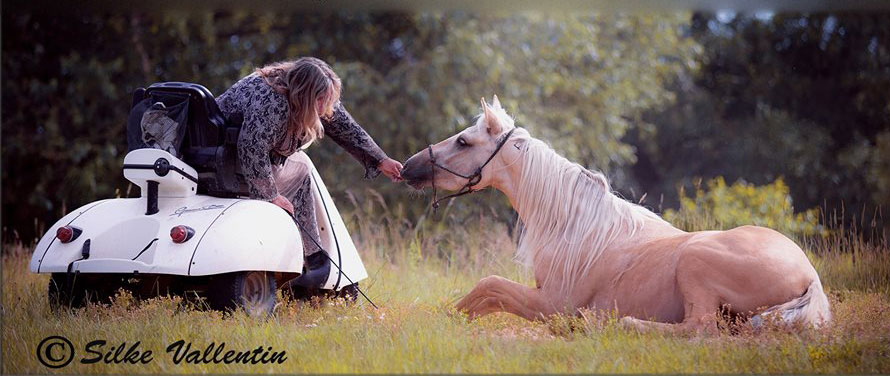Festival of the Iberian Horse
Silke is part of the Show
As well as starring in the evening shows, Silke Vallentin will deliver masterclasses about high level dressage on the ground during the afternoons in the indoor arena.
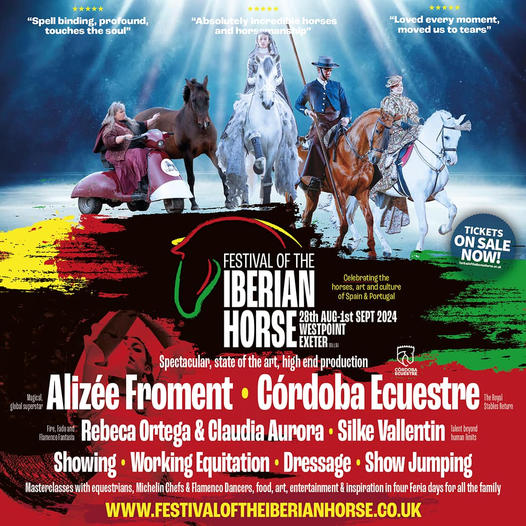
That says the Festival Page
The lady who defies limits. At The Festival, Silke and PRE (pure bred Spanish horse) Viento XXII will show you that anything is possible when we believe and set our hearts and minds free.
This extraordinary equestrian teaches “Horsemanship to Haute École” around the World: high level, classical dressage on the ground for all equestrians. From achieving the lightest in hand work, to advanced movements such as Levade and Piaffe, this lady is exceptional. We are very proud to stage Silke in a show setting for the first time in the UK since performing at the NEC in 2008. Silke will also be running masterclasses during the day at the Festival, and a clinic before the event, please register your interest as places are limited to learn with Silke who is based in Germany and has not taught her since 2008.
You want to learn more about the Festival?
Than visit the Homepage
Want to order your ticketsfor the Festival?
Please follow the button!
Interview with Silke
Can you tell us about how and why you first fell in love with horses?
At just four years old, I was so fascinated by the elegance and grace of horses that I made my dad stop at every field with me so I could watch them.
How would you describe what you do, and where you are currently in your career?
I was a Parelli instructor for over 20 years and I owe a lot to Pat and Linda Parelli. I feel like I’ve learned a lot and grown as a person over the many years I’ve been giving courses (first as a 4-Star Parelli Professional and now under my own name, Hippocampus Vallentin). I now run our horsemanship school near Leipzig in Germany.
Can you tell us more about your philosophy of training and working with horses?
If you want to enjoy a good relationship with horses, you need to understand their language. When a horse finds a mental connection to its human and wants to be with them, it really takes your breath away. I want my horse to learn my almost invisible aids in small steps he finds easy to understand.
Then, we have a connection that goes way beyond the normal communication between horses and humans. When we train, we don’t just do gymnastic training with the horse on the line, but also gymnastic training at liberty and collected riding without reins. We do this by teaching the horse all the basic building blocks of communication but without suppressing natural playfulness. My students learn about biomechanics by training their eye and analysing the horse’s movements, so they can tell which sequences are good for the horse and which are best avoided for the sake of its health.
The course also covers how to support and improve the horse’s balance and ability to use the power in its hindquarters. Students learn how to prevent incorrect loading of the joints and other structures and, ultimately, how to achieve mental, emotional and physical collection. The journey is the destination: it’s not about perfection but developing in the right direction.
What sort of horses and riders are your methods useful for?
The Hippocampus method isn’t about specific breeds or disciplines. We welcome anyone – young or old – who loves and appreciates horses and is willing to learn. After all, every horse person needs a solid foundation on which to build their dreams. It’s all about love, language,and leadership.
How beneficial is working with horses on the ground?
Groundwork is the foundation of training, mutual respect and a true partnership. Being relaxed and playful will strengthen your bond. I get my students to develop their learning in the following way: it begins with how you approach and catch the horse, followed by developing your common language. Then, the student learns to do the right thing at the right moment and to sense what the horse needs. This puts them in a position where they can explain to the horse how to move more healthily in collection and how to develop collection into healthy forwards movement. Then we transfer all that into ridden work.
What are you focusing on currently in your own horsemanship?
My motto is: never stop learning and always be open to new things. For example, I’ve started academic training with Bent Branderup and I regularly attend courses.
What are your plans for the future?
I want to keep developing our Hippocampus Academy for horse lovers and help as many horses and people as possible. I’d like to have enough time for my own horses and I’m looking forward to developing all the areas.
What does a typical day look like for you?
My day begins around 8.00am with meditation and exercises to keep me physically fit and help me centre myself emotionally and mentally. Then, I visualise my plan for the day. I alternate things I don’t like, like office work, with energising work, like developing a new project. I might write a chapter for my new book, learn to play a song on the guitar and, obviously, spend time with my horses or good friends. I end the day with more meditation and expressing my gratitude for the wonderful things in life and letting go of what makes me unhappy.
The weekends are usually different. That’s when I travel to my courses with my son, Janek. We teach all over Europe and sometimes even across the world.
What are the key aspects of building a harmonious relationship with our equine partners?
I don’t need to think about that for long. For example, for me, it’s important to approach your horse with the attitude of what you can do to help him. It’s about patience and creativity, not doing the same thing all the time. There are some questions and maxims that every horse person could keep in mind.
Who inspires you in your horsemanship and in life?
Pat Parelli, Bent Branderup, Fredie Knie, Ray Hunt and many more.
What do you consider your greatest achievement in your career with horses?
I am proud of the trust that people and horses have in me and my son.
How do you find the Iberian horse in general to work with?
They’re easy-going. My PREs are easy-going and fast learners.
Have you had that one special horse in your career so far and why were they important? And, when choosing horses for yourself, what qualities do you look for?
That’s a funny question, because I’ve chosen my horses according to some quite unusual criteria, but you can see for yourself the role they’ve played in my life.
Biko
My first horse was the introverted Friesian, Biko. I thought I would never be able to ride again, so I wanted a driving horse. I met Pat and Linda Parelli when I was on a course with Biko. They invited me to take him with me to study in America. Biko became a calm, dependable partner who even made it possible for me to get back in the saddle. He was a special horse who did everything for me, just as I did for him. Biko was the first horse who could demonstrate 20 one-tempi flying changes at liberty. He was my teacher and my heart horse, and I owe him everything. ‘Let me help you’ were his words, and mine.
Candelera
My mare Candelera was my first PRE. Because I wanted to learn more about starting young horses and imprinting foals during my training to become a Parelli instructor, I came up with the idea of buying a pregnant mare. I ended up being able to take the kind and gentle Candelera home with me from a tour of Spain with Pat Parelli and Dr. Robert Miller. Plus, I had always been interested in the Haute Ecole, but it was a bit much for my Biko. So that was another reason to go for a PRE.
Viento
A few weeks later, Candelera gave me my Viento. He has been with me since birth and will stay with me for the rest of his life. Viento is my second heart horse and comes with me to my shows. I continued my academic journey with him.
American Mustang Yellow River
River came to me because I was asked if I would be willing to take part in Germany’s first Mustang Makeover (MMO) as one of 10 trainers. That was in 2017. The trainers were assigned horses by drawing lots. I picked River and promised her I would take care of her. That’s why I bought her myself at the MMO in Aachen.
Can you tell us about the horses you are currently working with, and where they are in their training?
PRE Candelera: as the oldest member of the team, she is enjoying her retirement.
PRE Viento: my current teacher. We are working on: straightness, travers, renvers, piaffe, pirouette, flying changes, Spanish walk, school walk, lying down, sitting down, school halt, first levades.
Yellow River: straightness, travers, renvers, half steps, pirouette, simple changes, Spanish walk, lying down, sitting down, first and second half-halts according to Bent Branderup, half-hold.
What advice do you have for young people who want to work with horses?
Live your dream.
Knowledge is like gold, whether it’s first- or second-hand.
Take the leap.
*************
What wonderful advice from Silke!! We are so grateful for the time Silke gave to this interview and cannot wait to welcome this inspirational equestrian at The Festival of the Iberian horse.
